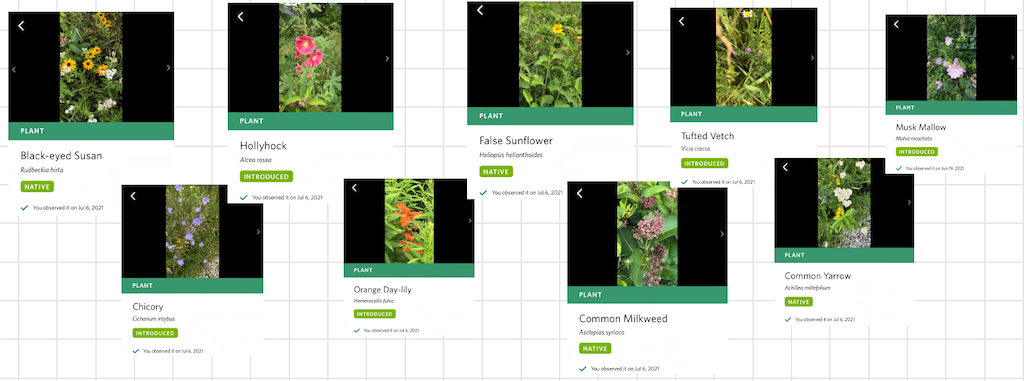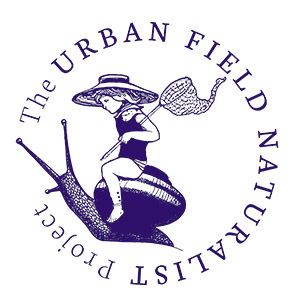Native Pollinators but Non-Native Plants
Amanda Ball

On a family trip up north this summer, we came across a pollinator garden on the side of a river in the Kawartha Lakes region of Canada. At first I was impressed that a small town was making such a conscious effort to support biodiversity in their community. Upon closer observation, and with the trusty help of the iNaturalist app to identify species, I realized that only a handful of the plant species present were actually native to the area, or even to the country.
While the plants were all technically helpful to pollinators, it made me wonder if they can really be considered such if they don’t even belong here. Pollinator gardens should be a step towards insects no longer needing such designated areas, not a step towards making them dependent on plants that are not even native. Of the nine plant species I identified, only five were native to the area. Many of the other species present, such as orange day-lilies and common hollyhock, are native to Europe or Asia instead.
In my opinion, pollinator garden efforts should be focused on supporting native pollinators with native plant species.

Author Bio: My name is Amanda and I’m a 21-year-old undergraduate biology student from Canada. I’ve had a life-long passion for camping and a never-ending curiosity for the world around me!
